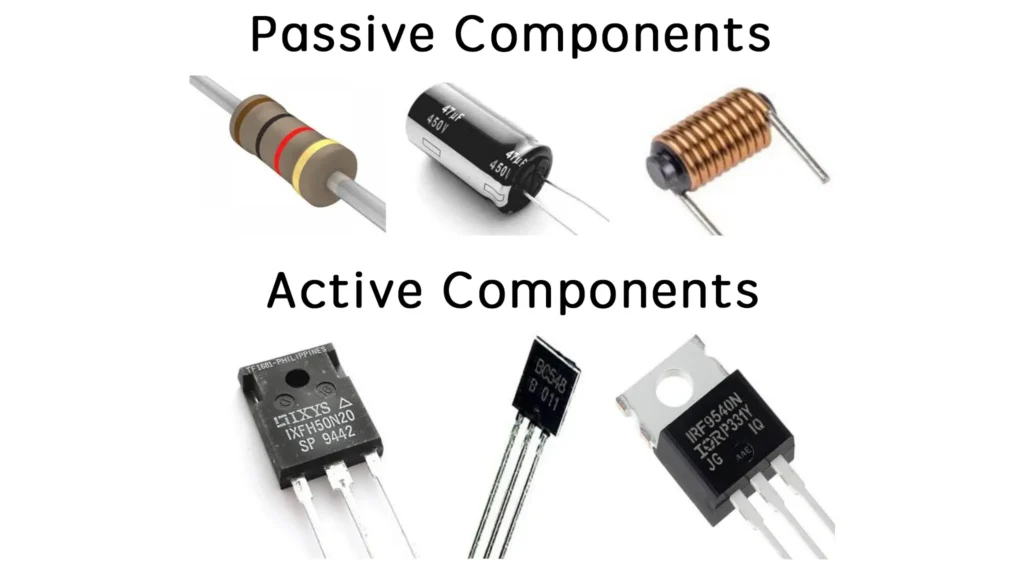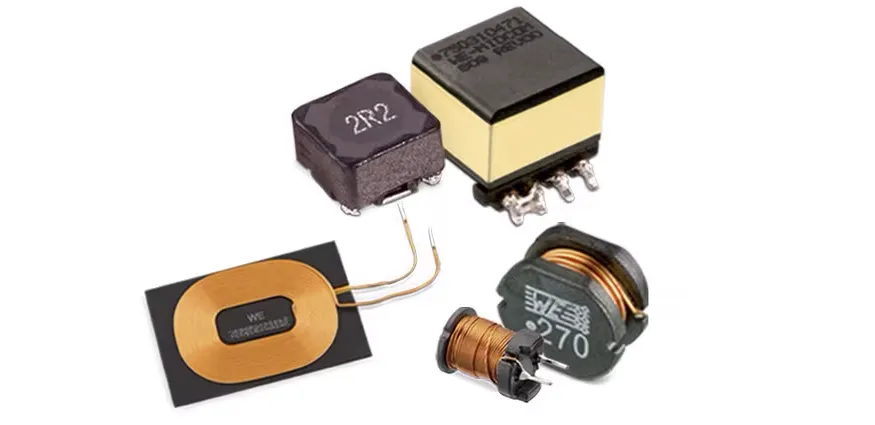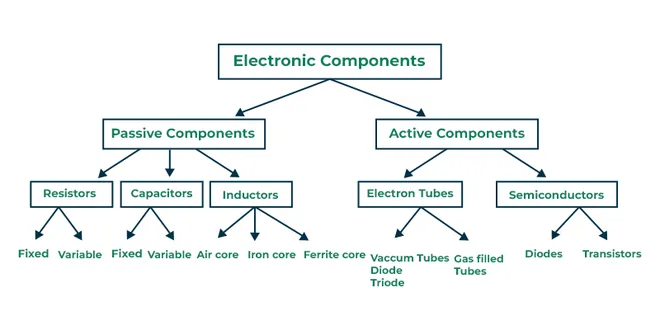In the world of electronics, components are categorized into two main types: active and passive. Understanding the distinction between these two is crucial for anyone involved in designing, building, or repairing electronic devices.
This article focuses on passive components, exploring what they are, their types, functions, and applications. By the end of this comprehensive guide, you’ll have a solid understanding of what passive components in electronics are and why they are indispensable in the field.
What Is Passive Components in Electronics?

Passive components are fundamental building blocks in electronic circuits that do not require an external power source to operate. Unlike active components, such as transistors and diodes, passive components cannot introduce energy into the circuit but can store or dissipate it. They perform essential functions such as filtering, buffering, and coupling signals.
Types of Passive Components

There are several types of passive components, each serving specific roles within an electronic circuit. The most common types include resistors, capacitors, inductors, transformers, and some types of diodes.
- Resistors are perhaps the most straightforward passive components. They limit the flow of electric current and are used to control the voltage and current within a circuit. The resistance is measured in ohms (Ω), and resistors come in various forms, including fixed, variable, and special types like thermistors and varistors.
- Capacitors store and release electrical energy. They consist of two conductive plates separated by an insulating material called a dielectric. Capacitors are used in various applications, such as filtering, smoothing, and coupling signals. They are rated by their capacitance, measured in farads (F), which indicates the amount of charge they can store.
- Inductors store energy in a magnetic field when electrical current passes through them. They are essentially coils of wire and are used in applications like filtering, tuning circuits, and energy storage in power supplies. The inductance is measured in henrys (H).
- Transformers are used to transfer electrical energy between two or more circuits through electromagnetic induction. They can step up or step down voltage levels and are essential in power distribution and electronic devices that require voltage conversion.
- Diodes: Although diodes are generally considered active components, some types, such as Zener diodes, serve passive roles by providing voltage regulation. They allow current to flow in one direction and are used in rectifying circuits and for protection against voltage spikes.
Functions of Passive Components

Passive components play several critical roles in electronic circuits, including:
- Energy StorageCapacitors and inductors store electrical energy. Capacitors store energy in an electric field, while inductors store it in a magnetic field. This stored energy can be released when needed, making these components vital in power supply and timing circuits.
- Signal FilteringPassive components can filter unwanted frequencies from signals. For instance, capacitors and inductors are used in filters to block or pass specific frequency ranges. This is crucial in applications like audio processing, where clean signals are necessary.
- Voltage DivisionResistors are used in voltage dividers to produce a specific voltage output that is a fraction of the input voltage. This function is vital in creating reference voltages and adjusting signal levels.
- Impedance MatchingIn communication systems, passive components help match the impedance of different circuit stages to ensure maximum power transfer and minimal signal reflection. Transformers and resistors are often used for this purpose.
Applications of Passive Components
Passive components are ubiquitous in electronic devices and systems. Here are some common applications:
- Power SuppliesCapacitors and inductors are critical in power supply circuits, where they smooth and filter the output voltage. Transformers are used to step up or step down the voltage to the required level.
- Signal ProcessingIn audio and RF circuits, passive components like resistors, capacitors, and inductors filter and shape signals. For instance, in audio equalizers, capacitors and inductors create frequency-specific filters.
- OscillatorsInductors and capacitors are used in LC oscillators to generate high-frequency signals. These are used in radio transmitters, signal generators, and other applications requiring stable frequency outputs.
- Protection CircuitsResistors, capacitors, and diodes protect circuits from voltage spikes and surges. Varistors and Zener diodes, in particular, are used to clamp voltage levels and prevent damage to sensitive components.
Advantages of Passive Components
Passive components offer several advantages that make them indispensable in electronics:
- SimplicityPassive components are generally simpler in design compared to active components. They do not require external power sources and are easier to implement in circuits.
- ReliabilityDue to their simplicity and lack of active elements, passive components are highly reliable and have longer lifespans. They are less prone to failure from thermal and electrical stress.
- Cost-EffectivenessPassive components are typically less expensive than active components. Their lower cost makes them ideal for use in mass-produced electronic devices.
What Are the Key Differences Between Active Component and Passive Component?
| Characteristic | Active Component | Passive Component |
| Power | Supply power to a circuit. Thus they are a source of power. | Uses or stores power in a circuit. |
| Type of Elements | Transistors, Diodes, SCR, Cells, Batteries, etc. | Capacitors, Resistors, Transducer, Transformer, Inductor, etc. |
| Operational Requirements | They need an external source to facilitate their functioning | They don’t require an external source. |
| Type of Power gain | They lack the ability to power gain. | They lack the ability for power gain. |
| Capability to Store Energy | Incapable of energy storage. | An inductor and capacitor can store energy. |
| Energy Behavior | They are an energy donor. | Conversely, they are an energy acceptor. |
| Current flow control | Able to regulate current flow rate/ current supply. | Incapable of the flow of charge regulation. |
| Type of Linearity | Non-linear. | Linear. |
| Amplification Capacity | They can amplify a signal as they have a larger output gain of more than 1. | They have a signal gain of less than 1. Hence, they cannot amplify a signal. |
Conclusion
Understanding what passive components in electronics are is fundamental for anyone involved in the design, repair, or study of electronic circuits. These components, which include resistors, capacitors, inductors, transformers, and certain types of diodes, play crucial roles in energy storage, signal filtering, voltage division, and impedance matching.
Their applications are vast, ranging from power supplies and signal processing to oscillators and protection circuits.
Passive components offer simplicity, reliability, and cost-effectiveness, making them indispensable in a wide range of electronic devices and systems. Whether you’re an electronics enthusiast, a professional engineer, or a student, a solid grasp of passive components is essential for your success in the field.




















